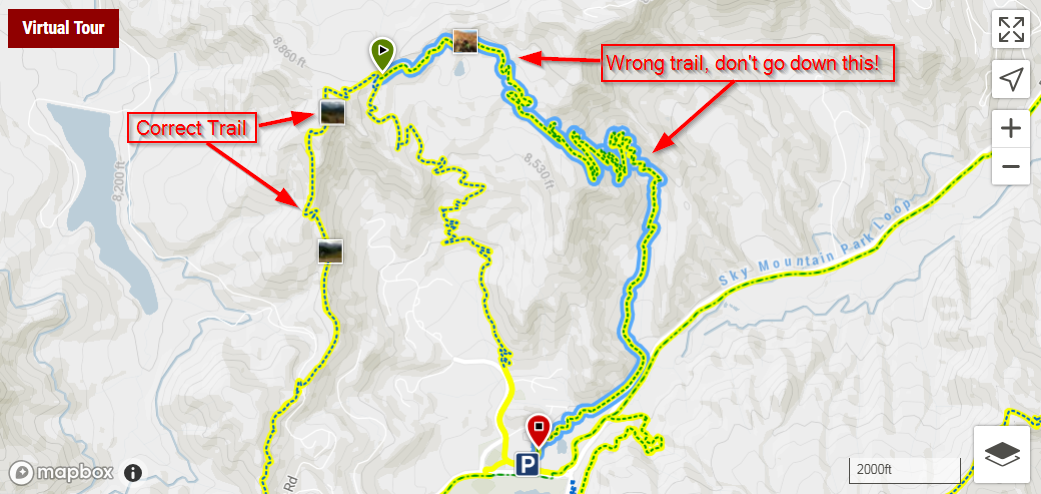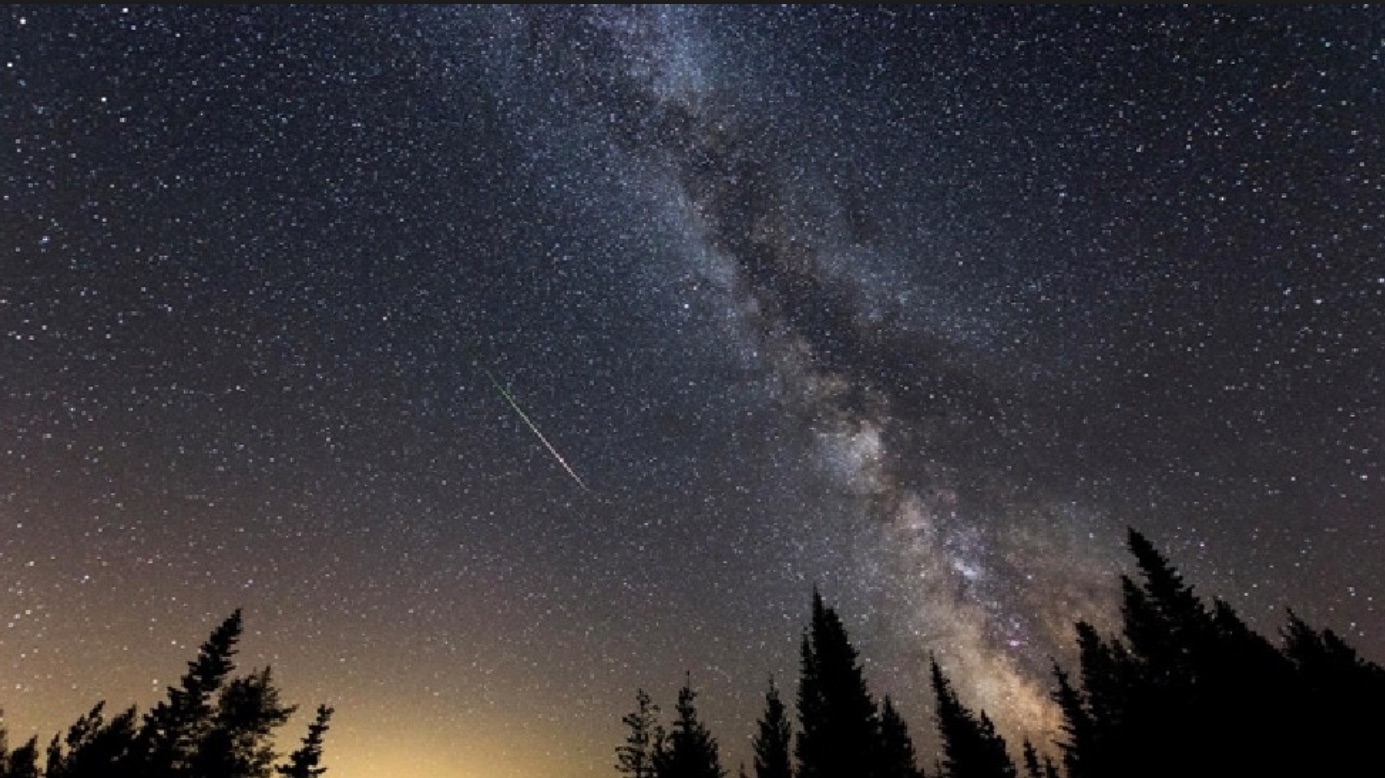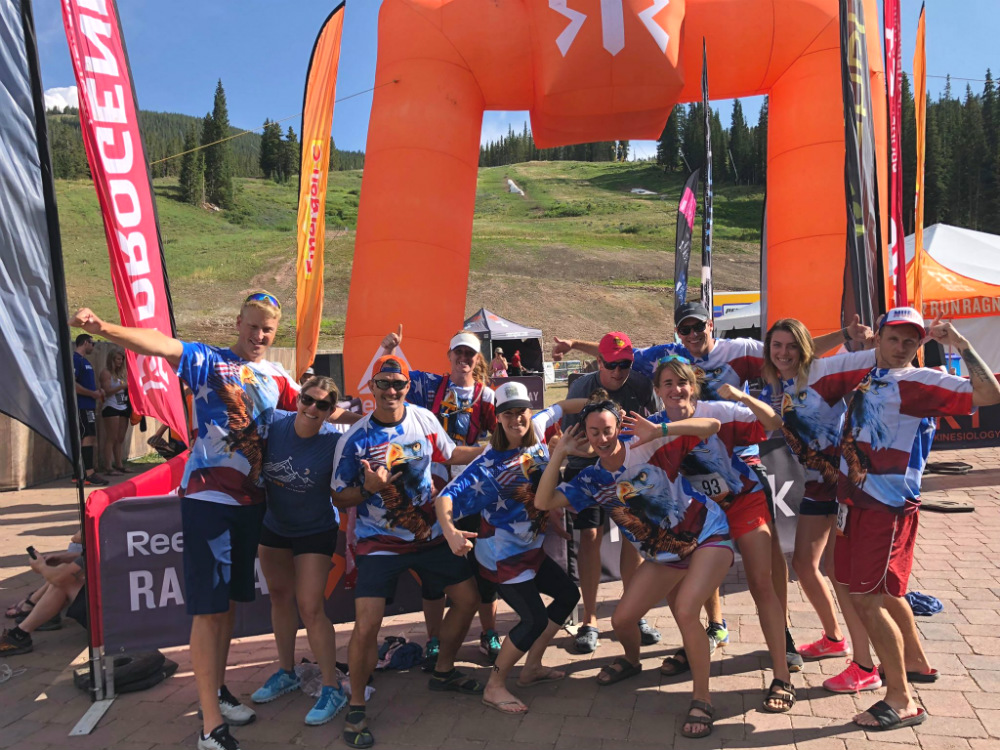I’m back! I did Ragnar Relay Colorado this past weekend with a 12-person Open Mixed team. This was my first and only Ragnar, and while I’ve heard a lot about them from friends, I didn’t really know what to expect. I haven’t done a running event in years and I was hesitant to sign up, mostly because I hate training for running. I’m pretty much a CrossFitter these days (CrossFitters are notorious for avoiding running). I hadn’t done anything that really kicked my ass since the last Megatransect in 2015, which makes me sad just to type that.
For this blog I’ll focus on some key takeaways and offer tips for first time Ragnarians.
What is Ragnar relay?
Ragnar at its core is an ultra marathon done relay-style with either a 6 or 12 person team. Most recreational runners can accomplish Ragnar with a 12 person team, as you’ll do something in the neighborhood of a half marathon broken into three legs. We had runners with as little as 11 miles and one runner with just over 20 miles, so you can assign out runner positions according to skill and experience. I was runner 12, which had legs totaling 13.5 miles.
Doing Ragnar with a 6 person team, known as an Ultra, gets you between 30-36 miles. Besides the much longer and tougher distance, it has an extra layer of difficulty because you’re recovering and sleeping less and rushing to exchanges nonstop. I’ll review a little bit how that works below.
Interested in what’s behind the name Ragnar or the history of the event? Check out the Ragnar company history page.
How Did I Do?
I was competent except for one major fuckup. My first two runs were 2.9 and 2.4 miles respectively, with mild elevation changes on road and sidewalk. These legs were no problem and I wasn’t sore after either one. I had no issues with breathing at elevation despite training at sea level in Florida.
My third leg was the final leg of the event and featured nearly 8 miles of switchbacks on the Rim Trail at Snowmass. It was a brutally tough run and my big mistake was not studying the map enough to realize it was super gnarly and completely up and down a mountain. Most of Ragnar is on pavement, so it’s easy to get lulled into thinking each leg is the same and can be approached the same way. This is a mistake! If you’re doing Ragnar, you absolutely should review your routes on the website and commit them to memory. If you have an off-road leg, do a deep dive and read up on how technical the trail is. Find pictures and visualize how it might go. Don’t let yourself be surprised on game day.
Now that I’ve given that warning, it’s time to admit I took a wrong turn at a Y junction on the first peak of the Rim Trail. There was no race signage or arrow of any kind, so it was really a coin flip choice. I took the righthand path and I believe I started going down the Seven Star Trail, which is 4.2 miles long and takes you to the bottom of the mountain. I finally realized my error when I checked the map on my phone after going the wrong way for…a good long while.

Remember when I said you can’t have the same approach to each leg? When you’re doing a well marked 5K, you turn your brain off, gun it, and just follow the signs. On a trail run, you want your head on swivel. I got myself back on track after a lot of swearing and humping it back to the intersection, but I probably tacked on 3-4 extra miles (!!!) to my race. This is an absolute soul crusher, because not only was I on the racecourse for an extra hour, I also killed our team time.
Why didn’t Ragnar put a sign with an arrow at the intersection? I have no idea. When I finally got back to the junction, there were three other runners who were standing there trying to figure out which way to go. I told them to go left. This is something Ragnar has to fix, but experienced trail runners should be able to avoid the problem. All it takes is an extra minute or two of studying the map on your phone.
Three takeaways:
- Memorize the course map.
- Check your phone if you’re not sure which way to go.
- DFIU

Training Tips
I trained entirely at sea level on nothing but flat pavement. I added in a lot of sled pushing, up to 1000 meters per session, to condition my calves and achilles to the uphill climbing. I thought this was decently effective, as I did some of my best uphill trail running I’ve ever done on that last leg.
If I had to train for it again, I would add in high volume parking deck repeats. For these, I’d build up to the point where I could run up and down decks for like two hours at a stretch.
Obviously, doing real trail runs or running on hills is ideal, but that’s tougher to do in Florida. You should be able to handle a half marathon with at least light hills if you want to tackle a 12 person Ragnar. If you want to be baller at Ragnar, you should be smashing hills.
I had no issues with the elevation. My breathing was totally fine and I attribute that to just having good fitness.
For nutrition, I recommend packing a couple of meals, like hearty sandwiches or pasta with meat, in addition to the usual bloks, gels, and goos. Don’t skimp on the protein and fat. I’d even recommend MRE’s. There is surprisingly little opportunity to stop at a diner or fast food while you’re driving around, so you need real meals packed away.
What Makes Ragnar Unique?
Here is where Ragnar sets itself apart from other running events. With 12 people, you rent two 15 passenger vans and divide your team in half. Van 1 starts the race and does the first six legs, at which point van 2 takes over for the next six. They go back and forth until the race is complete. This creates two schedules. When your van is on, you’re constantly exchanging and leap frogging runners. There is very little down time and it can be stressful as you’re rushing from exchange to exchange and trying to get the next runner ready. When your van is off, you have several hours before you go again, so you can go to a designated major exchange point, which is usually a rec center or a gym, to sleep and eat.
Any warmup and pre-race routine you have will likely go out the window as your van is rushing around. Expect to just jump out of the van and go. On several occasions one of our runners finished a leg and we had to immediately stuff her into the van and rush off to the next exchange. No cool down, no stretching. You have to be cool with being uncomfortable.
Much of the stress comes in not knowing when the handoff is between van 1 and van 2. If van 1 runs an hour faster than projected for their segment, that means you’re waking up an hour earlier than planned and scrambling to get your first runner out the door. This happened to us twice and it’s a clusterfuck as you scramble to get into position.
On my downtime I found it really hard to sleep. I was amped up and having a lot of fun, so I didn’t sleep for 40 hours straight. If you’re a light sleeper or can’t sleep easily in vans or in gyms, this will be a challenging event for you. With that being said, much of the fun of Ragnar is the controlled chaos of driving around and the camaraderie that comes with it. You’ll get to know your van peeps quite well. It reminded me a little bit of the scope, variety, and team emphasis of Kokoro Camp.
The race itself takes around 30 hours, give or take, which is a lot of bang for your buck. I got to experience many cool vistas and small towns along the route, including Copper Mountain, Vail, Glenwood Springs, Gypsum, and Aspen. You also get to run in the middle of the night, which is a unique experience. I’ll never forget my first leg where it was pitch black dark and the bats flitted through the beam of my headlamp. I looked up and saw shooting stars from the Perseids meteor shower and the colors of the Milky Way and it was glorious.
This is NOT my picture but it’s pretty damn close to what I saw:

Ragnar Colorado has to be one of the choicier races, as the backdrop of the mountains makes for fantastic runs. A good chunk of the race goes through high walled canyon with the Colorado River just off to your left. It’s simply the best. This was my first time in Colorado and it was hell of a way to explore the state.
Who Will Ragnar Appeal To?
I consider Ragnar to be adjacent in genre to an overnight adventure race or maybe a GORUCK Challenge, rather than being in the same category as a typical running race. The team aspect and the overnight running makes it more of an adventure and will appeal to serious weekend warrior types. It’s also worth it to travel for one of these if you can get a group of friends to commit and fly to a cool state. I’ve been thinking about it non-stop since I got back and that is the mark of a great experience.
I thought the running was about 50% as taxing as the Megatransects I’ve done in years past (which makes sense, since it’s literally half the per person distance), but it’s more mentally exhausting because you’re locked on for 30-40 hours. Ragnar is a terrific, fun challenge and I give it a high recommendation.
Coda
Wondering what our shirts were about? They were a tribute to Steve Henke, a friend of the team, who passed away on August 6, 2018. The Steve Henke Memorial Fund is currently on-going on GoFundMe.
Also shout out to Resolute Brewing Company in Denver. Great local beers!















